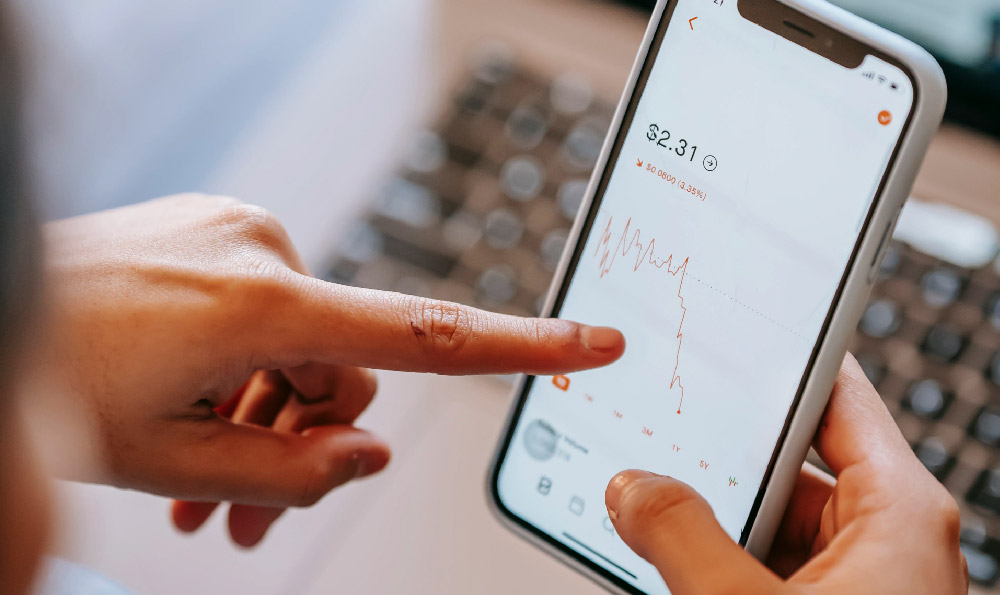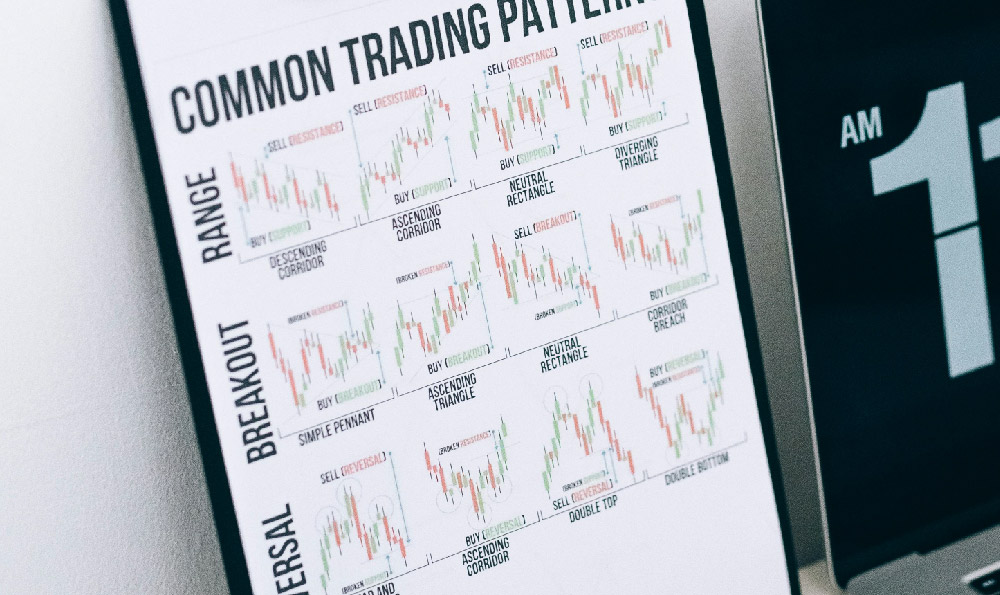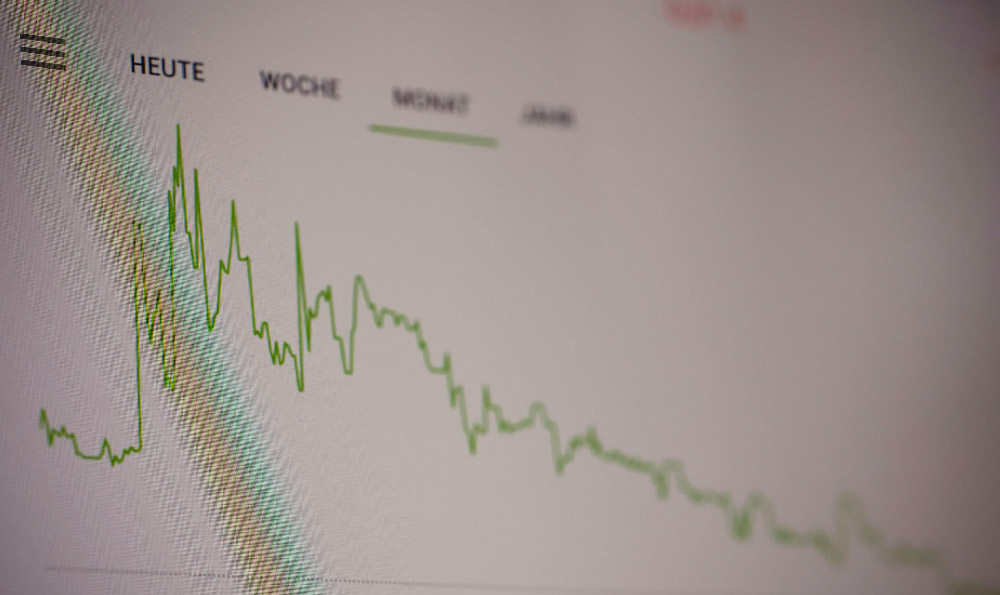Investing in gold can seem daunting, especially for beginners with limited capital. The perception of gold as a high-value asset often leads to the misconception that significant funds are required to participate in this market. However, the reality is that there are numerous avenues for individuals to begin investing in gold with relatively small amounts of money. The key lies in understanding the various options available and adopting a strategic approach that aligns with your financial goals and risk tolerance.
One of the most accessible ways for beginners to enter the gold market is through exchange-traded funds (ETFs). Gold ETFs are investment funds that hold physical gold or gold futures contracts. They trade on stock exchanges like stocks, making them easy to buy and sell. With ETFs, you can purchase shares representing a fraction of an ounce of gold, effectively lowering the barrier to entry. For instance, some ETFs allow you to invest with as little as the price of a single share, which can be significantly less than the cost of buying a whole gold bar or coin. Furthermore, gold ETFs offer liquidity, meaning you can quickly convert your investment back into cash when needed. Before investing, meticulously research the ETF's management fees and tracking accuracy to ensure it aligns with your investment objectives. Consider ETFs backed by physical gold held in secure vaults, as these tend to be more reliable indicators of gold's true value.
Another viable option for beginners is investing in gold mining stocks. These are shares of companies involved in the extraction and production of gold. While the price of these stocks is influenced by the price of gold, it is also affected by the company's performance, management decisions, and geopolitical factors. Investing in gold mining stocks can offer leverage, meaning that the returns can be higher than investing directly in gold if the company performs well. However, it also comes with added risks. Thoroughly research the company's financials, management team, and mining operations before investing. Look for companies with a proven track record, strong balance sheets, and sustainable mining practices. Diversifying your portfolio by investing in a basket of gold mining stocks can help mitigate risk. It is crucial to understand that gold mining stocks are not a direct substitute for gold ownership; rather, they represent an indirect investment in the gold market with their own set of inherent risks and rewards.

For those interested in owning physical gold, consider fractional gold ownership programs. These programs allow you to purchase a fraction of a gold bar or coin, which is then stored in a secure vault on your behalf. This option offers the tangible benefit of owning physical gold without the high cost of buying a whole bar or coin. Fractional gold ownership platforms typically offer competitive storage fees and insurance, ensuring the safety of your investment. Before choosing a platform, research its reputation, security measures, and the quality of the gold it offers. Ensure the platform provides regular audits and transparent reporting to verify the authenticity and storage of your gold. It is advisable to compare the fees and services of different platforms to find one that best suits your needs.
Micro-investing apps have also made it easier than ever to invest in gold with small amounts of money. These apps allow you to invest in a diversified portfolio of assets, including gold ETFs, with as little as a few dollars. They often use algorithms to automatically rebalance your portfolio based on your risk tolerance and investment goals. While micro-investing apps can be a convenient way to start investing in gold, it is important to understand the fees and limitations associated with these platforms. Pay attention to transaction fees, management fees, and the range of investment options available. Furthermore, be aware that the returns may be lower compared to other investment options due to the small amounts invested. Nevertheless, micro-investing apps can be a great way to learn about investing and gradually build your gold portfolio.
When investing in gold, it is crucial to have a well-defined investment strategy. Determine your investment goals, risk tolerance, and time horizon before making any decisions. Gold is often considered a safe-haven asset, meaning that it tends to hold its value during times of economic uncertainty or market volatility. Therefore, it can be a valuable addition to a diversified portfolio, providing a hedge against inflation and currency devaluation. However, it is important to remember that gold is not a guaranteed investment and its price can fluctuate. Avoid putting all your eggs in one basket and diversify your investments across different asset classes. Regularly review your portfolio and rebalance it as needed to ensure it aligns with your investment goals.
Before investing in gold, it is essential to educate yourself about the market dynamics, investment options, and associated risks. Read books, articles, and reports from reputable sources to gain a better understanding of the gold market. Consult with a financial advisor to get personalized advice based on your individual circumstances. Be wary of get-rich-quick schemes or unrealistic promises. Gold investing requires patience, discipline, and a long-term perspective. Avoid making impulsive decisions based on emotions or market hype. Remember that investing in gold is a marathon, not a sprint. By adopting a strategic approach, diversifying your portfolio, and staying informed about the market, you can increase your chances of success in gold investing, even with limited capital. Responsible investing and realistic expectations are key to long-term financial growth.












